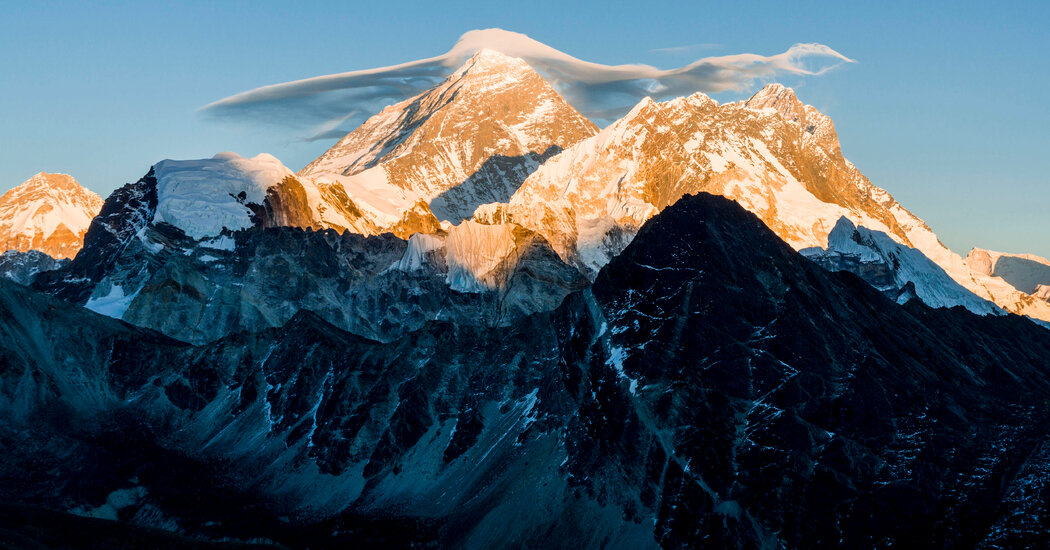Researchers say that two rivers merged some 89,000 years ago and gave the mightiest peak in the Himalayas a huge growth spurt.
Mount Everest is many things. It’s called Chomolungma in Tibetan, and Sagarmatha in Nepali. It’s an iconic part of Earth’s topography, a potentially lethal climbing challenge and a geologic marvel.
It’s also staggeringly tall — and, with a peak 29,032 feet above sea level, it easily achieves the status of the world’s tallest mountain by about 800 feet over other Himalayan peaks like K2, Kangchenjunga and Lhotse. But what gave Everest its height advantage and contributes to making it grow taller by millimeters every year?
Research published on Monday in the journal Nature Geoscience points to a surprising cause: a river, stolen long ago by another marauding waterway.
Rivers are agents of erosion, but their consumption of land can have unexpected effects. About 89,000 years ago, a powerful river annexed another one nearby. Combined, the two grew more erosive. This led to the washing away of far more of the Himalayan landscape, and a huge weight was shorn from the crust, the layer of Earth we live on.
This lightweight crust, the study says, was able to float more easily atop the underlying mantle layer. Ultimately, this has added anywhere from 50 to 165 feet to the height of Everest, serving as a reminder that nothing, not even a colossal pyramid of rock, is immutable.
“Although mountains may appear to stand still from the perspective of a human lifetime, they are in fact constantly in motion,” said Jin-Gen Dai, a geoscientist at the China University of Geosciences in Beijing who is an author of the study.
